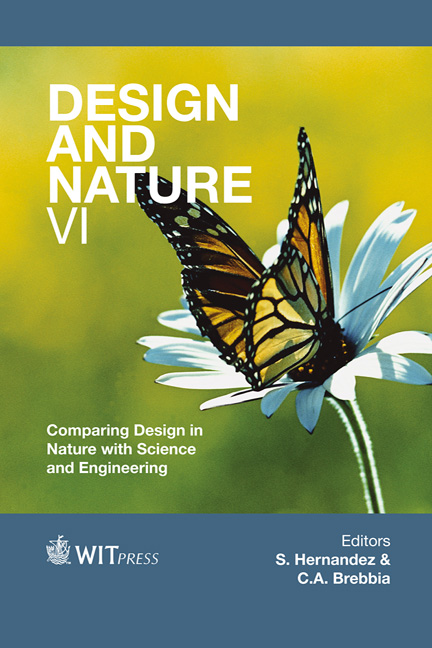A Bio-inspired Condylar Knee Joint For Leg Amputees And For Knee Implants
Price
Free (open access)
Transaction
Volume
160
Pages
12
Page Range
23 - 34
Published
2012
Size
4,063 kb
Paper DOI
10.2495/DN120031
Copyright
WIT Press
Author(s)
A. C. Etoundi, R. Vaidyanathan & S. C. Burgess
Abstract
This paper presents a novel bio-inspired condylar prosthetic knee joint developed at the University of Bristol. The bio-inspired condylar joint mimics the structure and biomechanics of the human knee joint. The joint contains an inverted parallelogram four-bar mechanism combined with a cam mechanism. The joint has a favourable mechanical advantage compared to a hinge joint. The joint is also compact and robust. An adult-sized prototype joint has been designed and tested. The prototype joint contains a long cable for the ligaments with a mechanism for adjusting preload. Compared to other prosthetic joints, the condylar joint has the advantages that it is simple and closely mimics human biomechanics. The paper presents the design of the new artificial knee joint and presents some of the test results. The joint can be used in artificial legs and also for knee implants. Keywords: cruciate ligaments, four-bar mechanism, bio-inspired hinge joint, prosthetic joint, moving centre of rotation. 1 Introduction One of the first recorded artificial knee joints was that produced by Ambroise Pare, a French surgeon, as part of an artificial leg in the sixteenth century. The first implanted knee replacements were carried out in 1972 by John Insall, an English surgeon living in New York, who implanted a prosthesis to replace the three surfaces of the knee - femur, tibia and patella (knee cap) [1]. At present there are around 5,000 leg amputees per year in the UK. In addition there are 70,000 knee replacements carried out each year in the UK. Artificial knee joints are an important medical device that enables many people to maintain walking
Keywords
cruciate ligaments, four-bar mechanism, bio-inspired hinge joint, prosthetic joint, moving centre of rotation.





